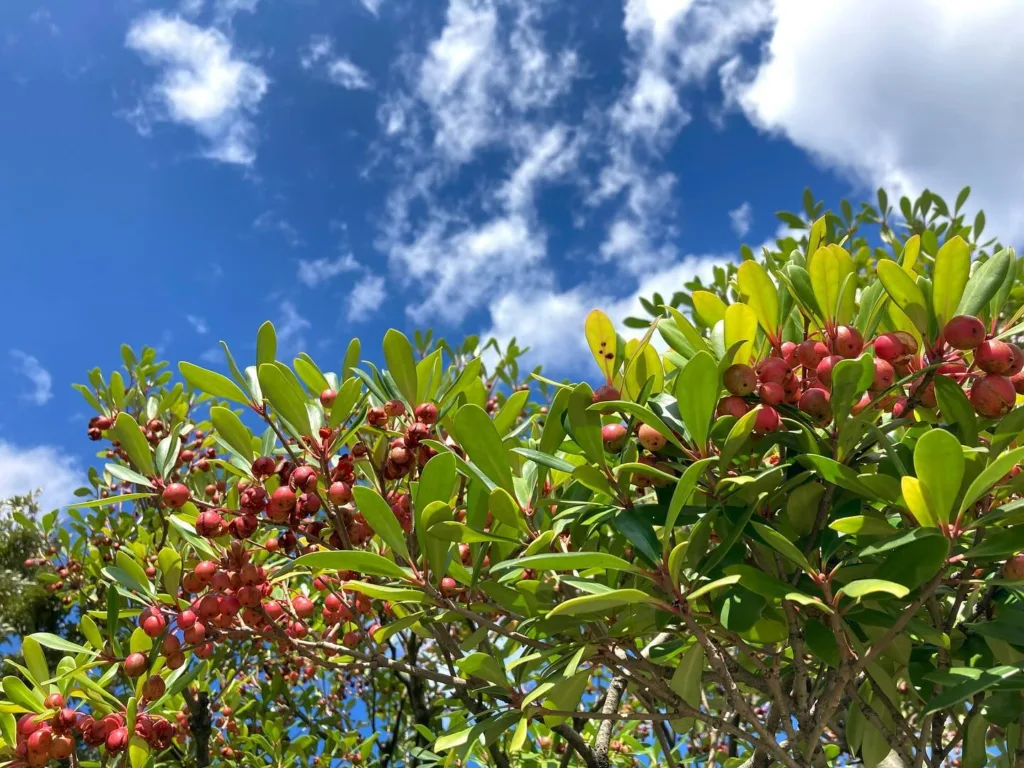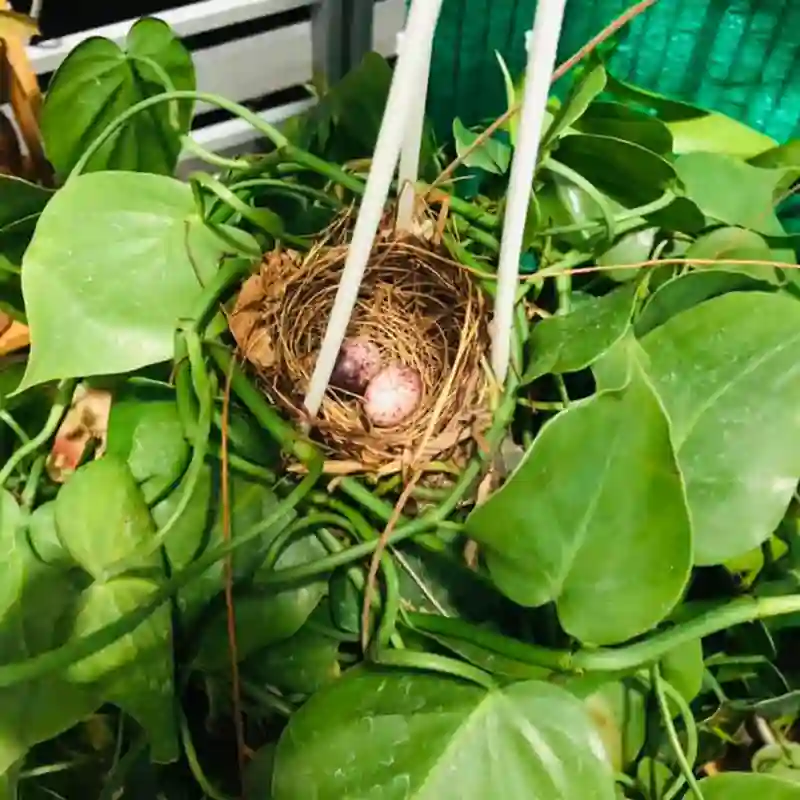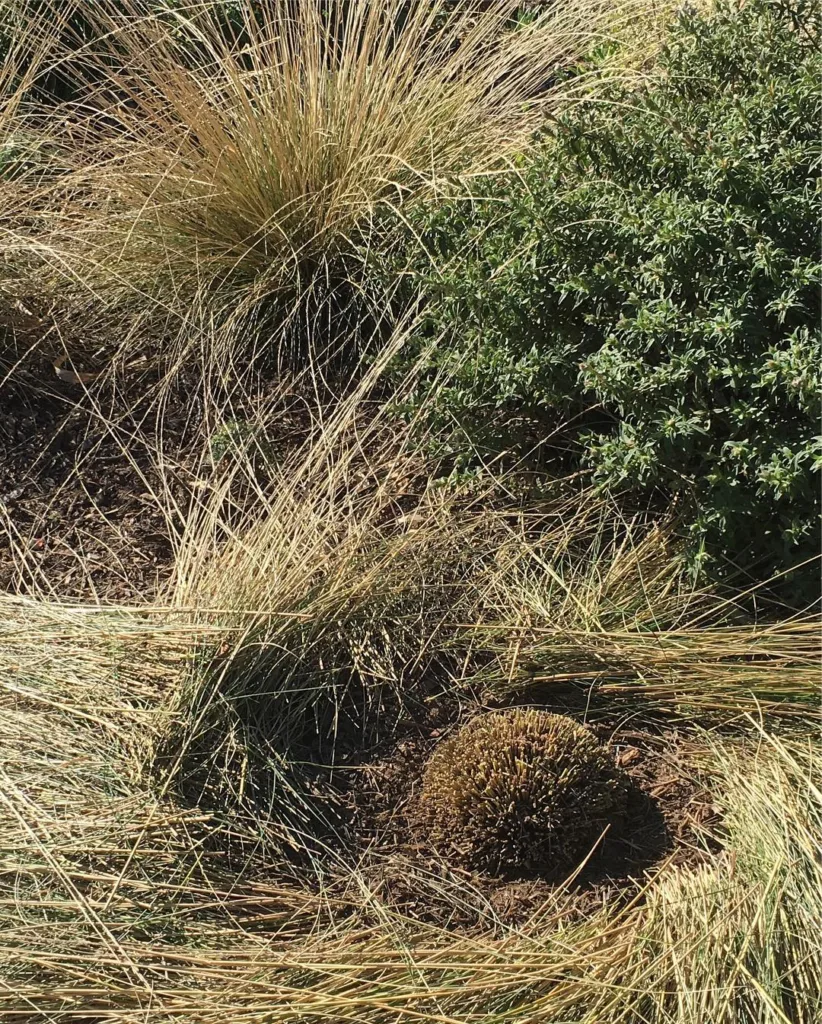Hoya Mindorensis: A Philippine Gem for Plant Enthusiasts
Hi, Ferb Vu here! Today, we’re diving into the world of the captivating Hoya Mindorensis, a stunning epiphytic vine native to the Philippines. This beauty boasts not only lush foliage but also unique, eye-catching flowers that make it a prized possession for plant collectors.
Whether you’re a seasoned Hoya enthusiast or just starting your plant journey, this FAQ will equip you with the knowledge to cultivate and appreciate this remarkable gem.
566 Species in Genus Hoya
What Makes Hoya Mindorensis Special?
Hoya Mindorensis stands out for its impressive features:
- Large, Elongated Leaves: Compared to other Hoyas, Mindorensis boasts substantial, elongated leaves with a prominent central vein. These leaves add a touch of elegance and visual interest to any indoor space.
- Striking Flowers: The true showstopper is the flower. Unlike many Hoyas with delicate, star-shaped blooms, Mindorensis produces large umbels (clusters) of waxy, bell-shaped flowers. These flowers often boast a vibrant red color, adding a pop of color to your home.
- Twining Growth Habit: As an epiphyte, Hoya Mindorensis naturally climbs and twines. This characteristic makes it ideal for hanging planters or training it to climb a moss pole, creating a cascading effect.
Hoya Elmeri vs Mindorensis
For a while, I thought my Hoya elmeri was a mindorensis, especially when it first bloomed. Those fuzzy, deep red flowers in clusters are simply stunning! But after some research and careful observation, I realized there were subtle differences.
My elmeri’s leaves feel a touch thicker and sturdier than the mindorensis. It seems to vine a bit slower too, which is actually a good thing for my limited space. The real giveaway, though, is the fragrance. The elmeri has the faintest sweet scent, almost like honey, when it blooms. It’s delicate and delightful, unlike the mindorensis, which I hear has no fragrance at all.
Hoya Mindorensis vs. Hoya Carnosa: A Tale of Two Hoyas
Both Hoya Mindorensis and Hoya Carnosa (commonly known as the Wax Plant) are popular choices for indoor gardeners. Here’s a quick comparison to help you decide which might be the better fit:
- Leaves: Hoya Carnosa features plump, oval-shaped leaves, while Mindorensis has larger, more elongated leaves with a prominent vein.
- Flowers: Hoya Carnosa produces clusters of star-shaped flowers in various colors, while Mindorensis boasts unique, bell-shaped blooms in red hues.
- Growth Habit: Both Hoyas can be trained to climb, but Hoya Carnosa can also be grown as a bushy plant. Mindorensis, with its larger leaves, might require more support for climbing.
Ultimately, the choice depends on your preference. If you crave large, dramatic leaves and unique flowers, Hoya Mindorensis might be your perfect match. If you prefer a more compact plant with classic Hoya blooms, Hoya Carnosa could be a great option.
How to care for Hoya Mindorensis?
Like most Hoyas, Mindorensis thrives with proper care. Here are some key pointers:
- Light: Provide bright, indirect light. Avoid harsh, direct sunlight that can scorch the leaves.
- Watering: Allow the potting mix to dry almost completely between waterings. Overwatering is a leading cause of problems for Hoyas.
- Soil: Use a well-draining, airy potting mix specifically formulated for orchids or epiphytes.
- Humidity: Moderate to high humidity is ideal. You can group your Hoya Mindorensis with other humidity-loving plants or use a humidifier to create a favorable environment.
- Fertilization: During the growing season (spring and summer), fertilize your Hoya Mindorensis with a balanced, diluted fertilizer once a month.
With proper care, your Hoya Mindorensis will reward you with healthy growth and those captivating blooms.
Troubleshooting Common Hoya Mindorensis Issues
Even the most dedicated plant parent might encounter challenges. Here are some common issues and their solutions:
- Yellowing Leaves: This can indicate overwatering, lack of light, or nutrient deficiency. Check your watering routine, adjust light exposure, and consider fertilizing if necessary.
- Drooping Leaves: This could be a sign of underwatering, especially if the soil is completely dry.
- No Blooms: Your Hoya Mindorensis might not be mature enough to flower yet. Ensure it receives adequate light and avoid overfertilizing, which can hinder bloom production.
Remember, prevention is key. By providing the right care from the start, you can minimize potential problems and enjoy the beauty of your Hoya Mindorensis for years to come.
Conclusion: Embrace the Allure of Hoya Mindorensis
With its stunning foliage and captivating blooms, Hoya Mindorensis is a true gem for plant enthusiasts. By understanding its unique needs and providing proper care, you can cultivate a thriving specimen that will add a touch of tropical elegance to your home. So, if you’re looking for a conversation starter and a rewarding addition to your plant collection, consider welcoming a Hoya Mindorensis into your life.



